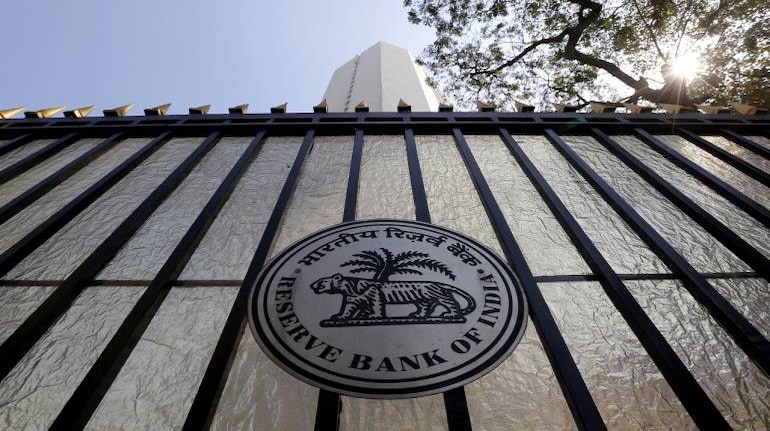



The Reserve Bank of India's first auction under the targeted long term repo operation 2.0 has elicited a tepid response. The central bank received bids for only 50 percent of the offered amount.
The central bank said on April 23 it received 14 bids, amounting to Rs Rs 12,850 crore as against the Rs 25,000 crore offered.
The message is clear: Banks have turned more risk-averse and do not want use the cheap funds offered by the central bank to lend to riskier small companies. This risk-aversion in the industry has weakened the RBI's efforts to pump liquidity into the banking system to help small non-banking finance companies (NBFCs) and microfinance institutions (MFIs).
"Limited participation by banks in the TLTRO 2.0 clearly highlights the bank's reluctance to lend to mid-size and small NBFCs and MFIs in the current situation. Given the lack of risk appetite in banks, a structure with partial credit guarantee by the GoI, similar to the PCG scheme launched last year for Securitization, maybe the only viable option to ease liquidity challenges of NBFCs," Brickwork Ratings said in a note.
NBFCs and MFIs are facing stretched liquidity conditions given that banks are very selective while giving moratorium to these entities whereas the NBFCs and MFIs have already approved the loan moratorium to most of their borrowers, the agency said.
On April 17, the central bank announced the second round of targeted LTRO under the tag of TLTRO 2.0 for an amount of Rs 50,000 crore to begin with. The idea was to continue with liquidity support for banks to lend to small NBFCs and microfinance institutions in the context of the Covid-19 economic impact.
Also Read: RBI's much-hyped refinance window may fail to help small MFIs and MSMEs
Banks under TLTRO 2.0 should be invested in investment grade bonds, commercial paper, and non-convertible debentures of NBFCs, with at least 50 percent of the total amount availed going to small and mid-sized NBFCs and MFIs, the RBI said, adding these investments have to be made within one month of the availment of liquidity from the RBI.
Prior to this, the RBI had conducted LTROs worth Rs One lakh crore. But, most of these funds went to big companies as banks chose to play safe. Investments made by banks under TLTRO facility will be classified as held to maturity (HTM) even in excess of 25 percent of total investment permitted to be included in the HTM portfolio, the RBI said. Also, to incentivise banks use this facility, the RBI said exposures under this facility will also not be reckoned under the large exposure framework.
With poor response received in the first auction, the RBI will review the auction results and take a view in the matter, the RBI said. This is no good news for NBFCs as the auction results prove that making excess liquidity alone will not do the trick. Banks are not keen to lend to lower rated NBFCs and MFIs fearing default.
Even the refinance scheme announced by the Reserve Bank of India (RBI) on 17 April, intended to help small non-banking finance companies (NBFCs) and microfinance institutions, is lacking appeal among small companies. will ultimately not benefit the smaller companies that are gasping for funds.
In his second presser to address COVID-19 relief measures, the RBI Governor Shaktikanta Das announced refinancing support to the tune of Rs 50,000 crore through all India financial institutions such as Nabard, SIDBI and NHB.
But, according to the terms in the circular issued by the Small Industries Development Bank of India (SIDBI) to CMDs of commercial banks, NBFCs and MFIs, under the tag of 'scheme for special liquidity support for MSMEs' (micro, small and medium enterprises), the loan needs to be repaid within a period of 90 days. Also, MFIs and small companies need to have a minimum BBB- rating as on March, 31.
These two conditions will cut off a good number of MFIs and small companies from benefitting from the scheme.
More than liquidity issues, banks are worried about credit risk. Lenders do not have the confidence to lend to smaller companies as there is a view in the industry that in the present economic scenario, these firms are not a safer bet.
Discover the latest Business News, Sensex, and Nifty updates. Obtain Personal Finance insights, tax queries, and expert opinions on Moneycontrol or download the Moneycontrol App to stay updated!
Find the best of Al News in one place, specially curated for you every weekend.
Stay on top of the latest tech trends and biggest startup news.